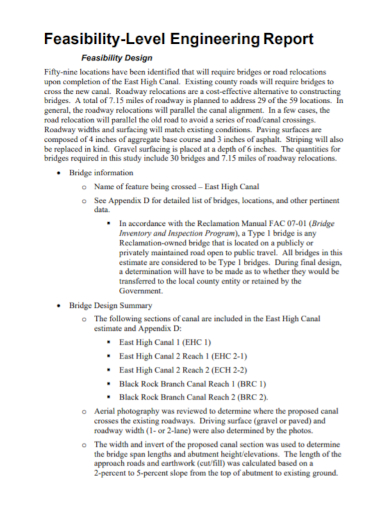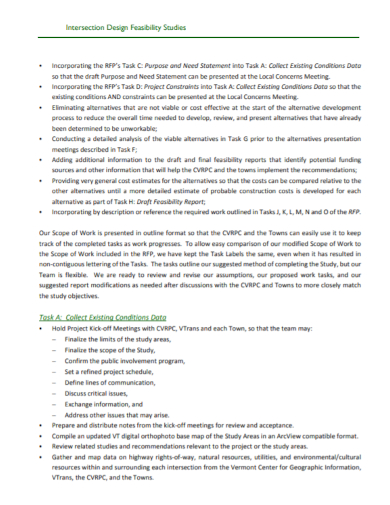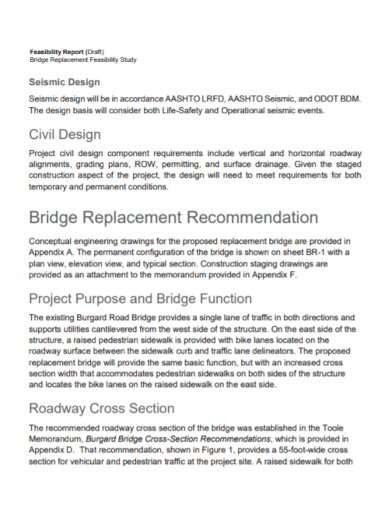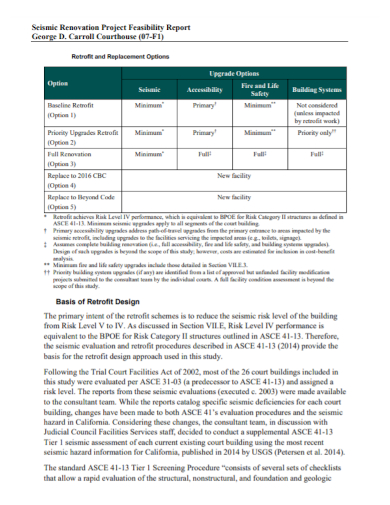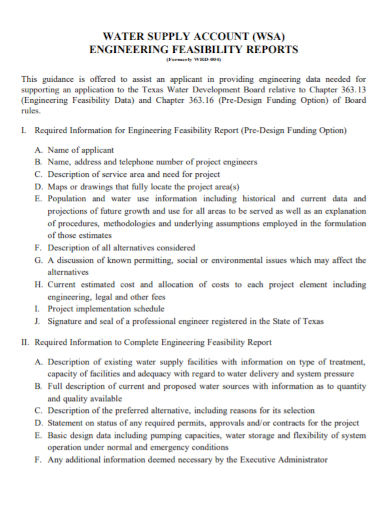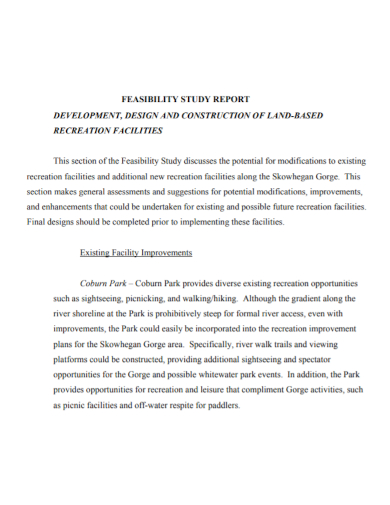Every new project or venture that a company does or plans to do, requires so much time, effort, and resources to accomplish. And not just for global industries, I mean everything, every task or project, big and small requires some kind of resources in order to be fulfilled. Now not every new project out there succeeds. Some do fail, unfortunately, and for those projects that did fail, some of those losses were somehow bearable. Meaning it didn’t actually have any long-term adverse effects to the developers or individuals that kickstarted the project, especially for projects that are in a much smaller scale, in terms of size, budget, resources.
And that’s good for them, they can just get back up and take another new venture immediately. But again, unfortunately, that’s really not the case for everybody. Bigger projects also require a much larger scale of time, money, and other resources that make it quite difficult to just, tackle blindly head on. It’s the kind of loss that’s unbearable and kind of hard to get back up from. Of course, developers like you would not want to lose that much valuable resources, and generally, you’d want to see your project actually succeed.
Say your project involves architecture, a little bit of interior design, maybe your project is a house, a building, or maybe a full scale renovation. And of course, you don’t want it to go to waste, so you’re willing to take the necessary steps to ensure that your design project comes to fruition. Now, a really good first step to take when developing a project is by writing a feasibility report. Design feasibility reports examine the intricacies of your project to give you a concrete idea whether the project is attainable or not. But drafting a feasibility report is really not easy for everyone, or anyone for that matter. The fate of your project literally lies upon this document, and if the report is poorly written, then you’ll be tackling your project blindly with a significantly higher chance of encountering problems along the way. Don’t fret, because you are here, and we will be trying to help you. First off, check out these design feasibility samples listed below to help you have an idea of what will be working with, you can also use it as a template for when you will actually start writing.
8+ Design Feasibility Report Samples
1. Engineering Design Feasibility Report
2. Program Design Feasibility Report
3. Design Feasibility Study Report
4. Civil Design Feasibility Report
5. Design Project Feasibility Report
6. Engineering Pre-Design Feasibility Report
7. Intersection Design Feasibility Report
8. Design Development Feasibility Report
9. Project Design Feasibility Study Report
What Is a Design Feasibility Report?
A design feasibility report is an essential document for the initial stages of any proposed project or plan. Its aim is to explore, identify, and evaluate the overall project design to ensure that it is feasible to save time and resources, making sure that you don’t encounter any problems during development, and if you do encounter problems, you will be much more prepared to tackle them. Essentially, you will be asking the question, “Is this feasible?”. It covers all significant aspects of the project and more such as the resources required, the technology you will need during development, the criteria of success, and the projected return on investment, of course you have to make sure that you are getting something from it in return.
There may be cases where a project design may not be feasible at all, this can be due to a lot of factors that you have to be able to identify early on, and while the project may not be worthwhile, a feasibility study can also help you isolate possible solutions that you can take or alternatives that you can choose from to still be able to achieve your goals. Design feasibility reports not only analyze the design itself, but also the environment that it will be working with. This is to identify possible hindrances that may interfere with the development, or scope out possibilities where problems may arise and so that you are well prepared to tackle such problems. Overall, feasibility reports give you valuable insights regarding the fulfillment and the development of your design project.
How to Write a Design Feasibility Report
We’ve already established that writing a feasibility report really isn’t the easiest thing to do in the world. It tackles a lot of factors and data that you have to consider and analyze, to ensure that the information your report has gathered is factual, complete, and unbiased, while making sure that it is properly presented. To ensure these and more, there are several key steps or components that you have to keep in mind when writing the document, to ensure that it is well and properly written. These key steps will be discussed in more detail below.
- Write the project description
First thing you have to include is the description of the design, what it is, what is its purpose, what goals you wish to achieve with it, and such. It should also talk about what your company needs and how this project can help promote and satisfy those needs. Since this is also an introductory part, you have to make sure that its convincing enough for your readers to continue reading. It’s the bane of every corporate document out there, being bland, tasteless. Tell them what your readers would gain personally and as a company if the project did succeed. - Describe possible solutions
To successfully do this component, you have to perform an alternatives analysis first to make a description of possible steps you can take for the development of the project. These are procedures that you propose to follow during the development to ensure the success of the project. - List evaluation criteria
After listing out the possible steps to take in development, set those solutions against a set of evaluation criteria. This should filter out which solution is the best possible solution to take, if a solution fits and achieves the necessary criteria of success that you have established, then there’s a high chance that that’s the best way to conduct this design project. - Propose the most feasible solution
After having isolated the best possible solution for the project, use your expertise and knowledge in the field to propose the solution in the most convincing way possible. You have to make your readers realize that this solution keeps the company’s optimal resource distribution and still gain the best possible benefit. - Conclusion
The last and most important step is the conclusion. Before you conclude your report, be sure to review your work one last time, to ensure that everything is as polished as it should be and that there is no more need for tweaking. After reviewing your work, finally write the conclusion. Re-summarize the project’s aim and purpose and re-state the best possible way to take to ensure that the project succeeds. Also include the alternatives that you have come up with, and how these alternatives were evaluated to ensure that it fits the organization.
FAQs
What is meant by feasibility report?
A feasibility report is a document that examines the potential solutions to a business problem or opportunity, and which of these solutions are viable for further analysis and development.
What is a project report?
Project reports are documents that should provide details on the overall business proposal. It gives a complete account of the proposed project to identify any prospects of the activity.
What makes a design feasible?
Design feasibility is a validation process that takes a look at how well a design reaches the requirements, objectives, and goals. It can either be a lightweight evaluation process or a much more in-depth study that tests the design overall.
Feasibility reports are important, especially for businesses who wish to really get a project right. Overall, it’s a good business practice that uncovers new ideas that could change not just the direction of the project, but also the company itself.
Related Posts
FREE 10+ Research Project Report Samples
FREE 9+ Daily Report Samples
FREE 9+ Project Summary Samples
FREE 9+ Investment Research Report Samples
FREE 8+ Sample Civil Engineer Job Description
FREE 8+ Technical Report Samples
FREE 7+ Sample Forensic Report
FREE 20+ Board Report Samples
FREE 13+ Car Wash Business Plan Templates
FREE 10+ Scientific Research Report Samples
FREE 9+ Market Research Report Samples
FREE 9+ Sample Technical Reports
FREE 8+ Sample Technical Analysis
FREE 8+ Sample Site Survey
FREE 8+ Sample Executive Reports

